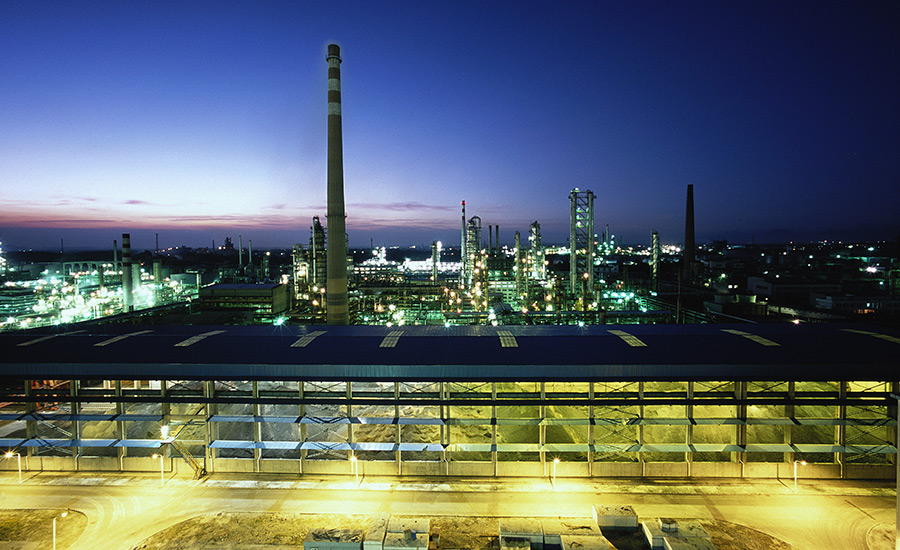Pollution
EPA to Set PFAS Source Guidelines

Getty Images
The U.S. Environmental Protection Agency on Sept. 8 said it plans to set effluent limitations guidelines and pretreatment standards for industrial facilities that manufacture per- and polyfluoroalkyl substances (PFAS), as well as chromium electroplating facilities, which use PFAS in their processes.
EPA will set the guidelines based on several years of gathering and analyzing data, a move welcomed by wastewater groups. “We are supportive of having appropriate testing and controlling pollution at its source, rather than having it transported to a facility where it’s much more difficult to treat,” such as at a municipal wastewater treatment plant, said Cynthia Finley, the National Association of Clean Water Agencies’ director of regulatory affairs. Although technologies exist to treat PFAS in water, including membranes and granular activated carbon, Finley says it is easier to remove PFAS at the source.
PFAS manufacturers and chromium electroplating facilities may balk at the changes. Joel Johnson, an attorney with national law firm Hall Estill, says, “There is no doubt that the [affected] industries will have to implement new testing/sampling protocols and to treat/control their discharges to meet the new standards.”
Johnson adds that although PFAS are widely known to be present in fire suppression chemicals, especially at airports, it is “notable” that the EPA has chosen not to regulate PFAS discharges associated with those operations.
NACWA’s Finley notes that with the new levels set by EPA, wastewater treatment plants will have enforcement mechanisms to bring the polluting facilities into compliance. One method to ensure effective compliance involves more testing, she says.
On Sept. 2, EPA and the U.S. Dept. of Defense published a draft of the first EPA-validated laboratory analytical method to test for PFAS in eight types of environments, including wastewater.





